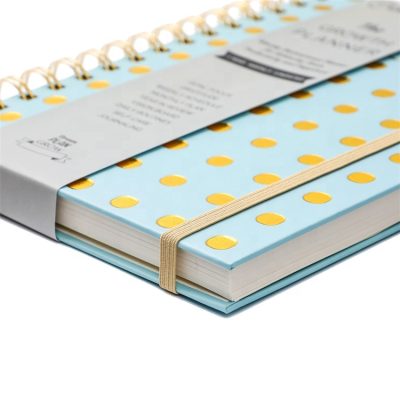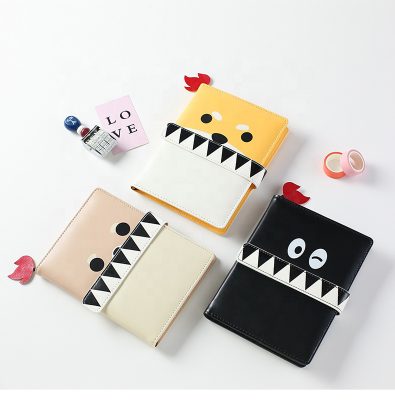Lithography, also known as “offset printing”, originated from lithography. There is no obvious difference between the graphic part and the blank part on the lithographic printing plate, and they are almost on the same plane. When making a plate, because the graphic part is lipophilic and the blank part is hydrophilic, the principle of oil-water repulsion should be used. First wet the entire printing plate with water to make the blank part absorb moisture, and then apply ink to the genuine plate. Because the blank part is hydrophilic and oleophobic, and the graphic part is lipophilic and hydrophobic, the ink on the printing plate is only adsorbed on the surface of the graphic part, and then the printing plate is mechanically contacted with the substrate and pressure is applied, so that the ink-friendly image part is Transfer to the surface of the substrate.
Since lithographic printing uses the principle that oil and water do not interact, the blank part of the printing plate is hydrophilic first, and the graphic part is lipophilic. If the printing plate is in direct contact with the substrate, it is easy to cause the printing paper to be deformed by moisture and affect the printing quality. Therefore, A rubber cylinder can be installed on the lithographic printing machine, and the graphic part on the printing plate is first transferred to the rubber cylinder, and then the rubber cylinder and the substrate are pressed together for printing, thus avoiding the direct contact between the printing plate and the substrate. Therefore, lithography is also called offset printing, which is the main indirect printing method in modern times.














